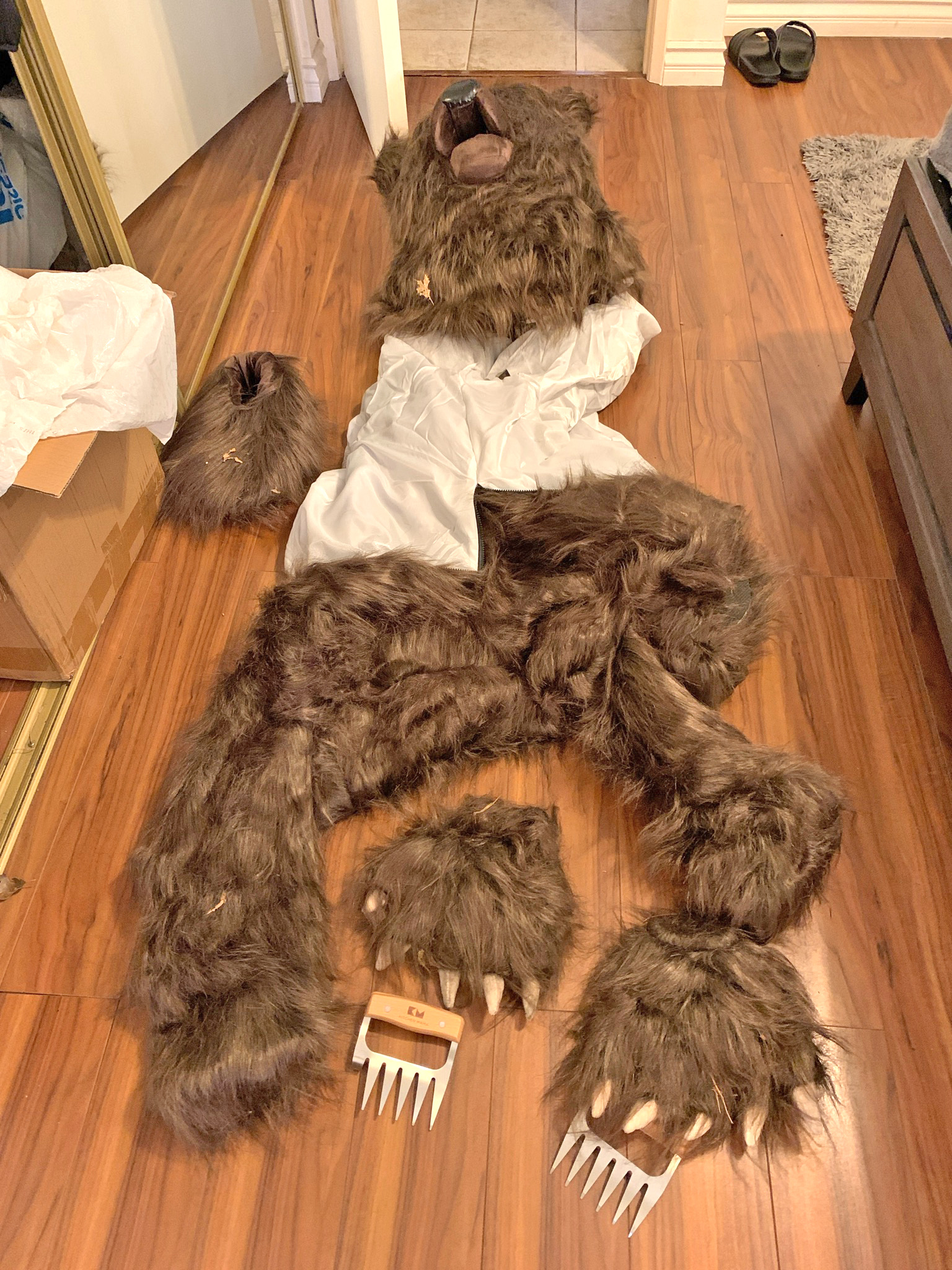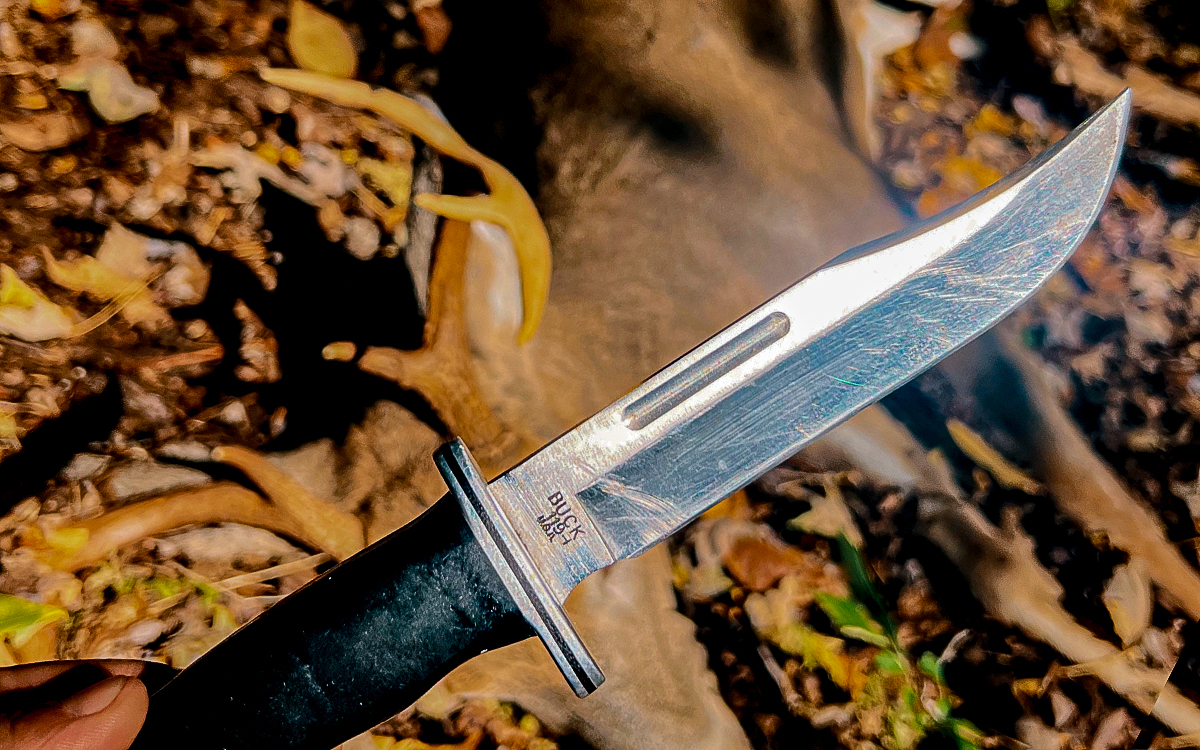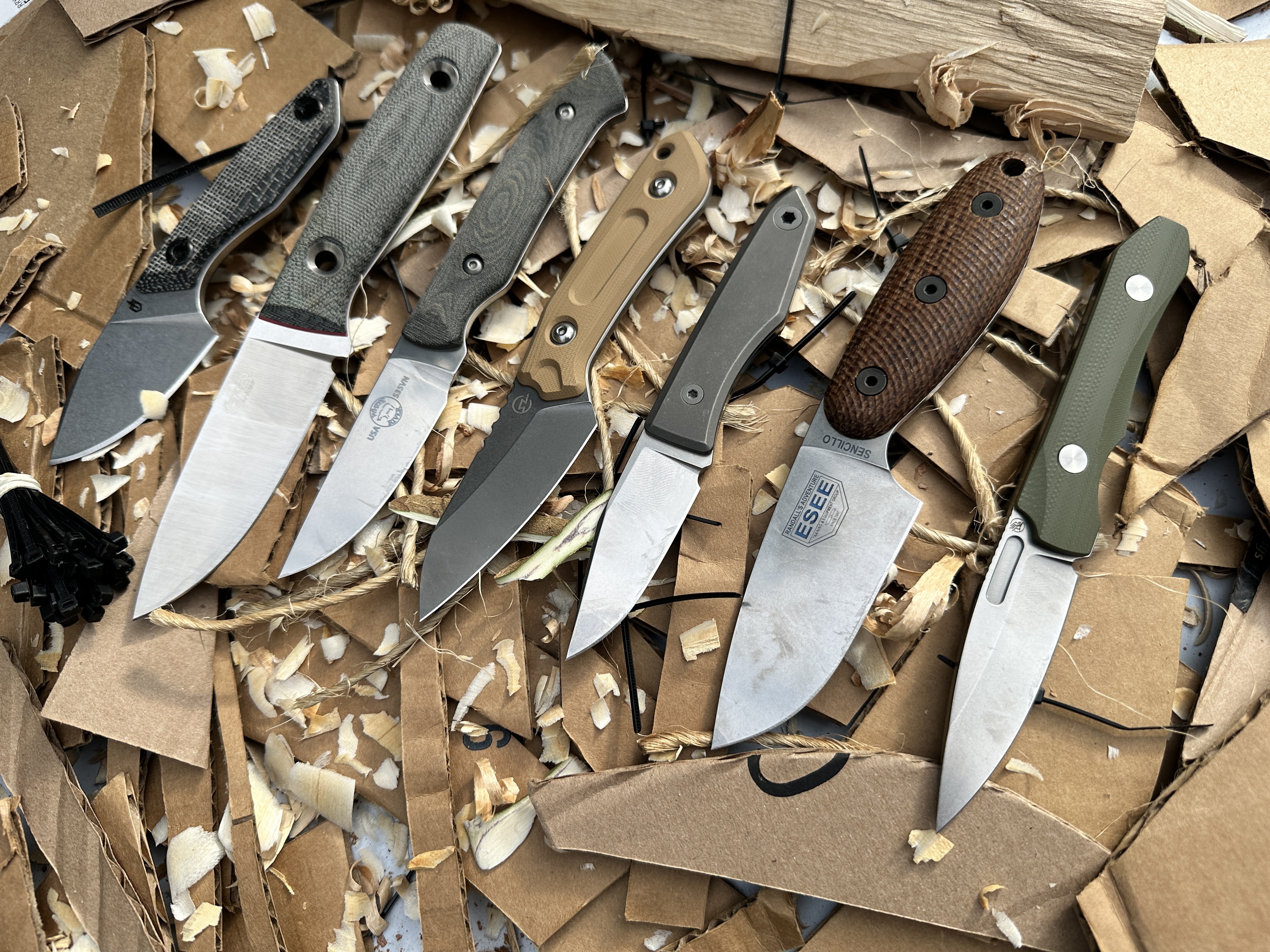No, YouTube Hasn’t Banned Firearms Content and Sponsorships, at Least Not Yet

As 2024 draws to a close with a contentious presidential election, companies that make firearms and gun accessories, ammunition manufacturers, retailers, hunting and shooting publications, Olympians, and just regular folks who like to hunt and shoot are incrementally being shadow banned and straight-up forced off the world’s most popular social media platforms.
This includes YouTube, where many “guntubers” have amassed large followings and some have even established reliable, even sizable, incomes and a degree of celebrity. On June 4, YouTube handed down its latest update to its firearms policy that went into effect two weeks later on June 18.
While the scope of the policy change isn’t as devastating as many shooters initially feared, especially when ultra-popular guntuber Hickok45 raised a big red flag in July (more on this in a minute), content creators say that it’s likely one more step toward an ultimate and inevitable ban of all gun content on the world’s largest video platform. Many content creators are doing what they can to prepare.
Some large creators with enough cash and infrastructure can potentially move their back catalog off YouTube and host it on a private website, but that option is expensive, time consuming, and limits exposure — the very reasons video hosting platforms took off for regular folks in the first place.
Some have looked toward smaller, alternative video platforms, like Rumble, for salvation but many find that their audiences don’t follow them and they then encounter severe limitations for growth potential. YouTube has a monopoly on exposure.
Nobody really knows what that firearms media landscape would look like if YouTube banned firearms content — both entertaining and instructional. And, without YouTube’s steady stream of viewers and ever-growing audience, what would be the incentive to create firearms videos in the first place?
What the New YouTube Gun Policy Says
The company’s recent policy update requires content “showing the use of automatic weapons, homemade firearms, or certain accessories” to be age restricted to logged-in users over 18, according to two YouTube spokespeople who spoke with Outdoor Life. There are exceptions for content like movie clips, documentaries, and news.
What does “certain accessories” mean? YouTube cites examples like anything that “enable a firearm to simulate automatic fire” — think binary trigger or bump stock. Any video that simply shows a “high-capacity” magazine or shows one being used, which YouTube says is any mag that holds more than 30 rounds, must be age restricted. This includes ammo belts, too.
But those are just general guidelines. YouTube doesn’t provide creators with a defined list of what its policies encompass (you can read the platform’s full gun policy here). An extra-careful guntuber would age-restricted all of their content just to be safe.
The new policy also requires the removal of “content that shows removal of safety devices, such as fixed magazine devices.” Importantly, it also expands “enforcement of content with links to retailers that sell firearms and certain accessories.”
It’s that last part that has caused some confusion through the summer and prompted the video from Hickok45 that got a lot of people in the industry panicking.
The Hickok45 Video Heard Round the World
Hickok45’s video titled, “Bad News,” was posted July 16 on the massive channel with nearly 7.5 million subscribers and more than 2.3 billion total views. It featured host Greg Kinman and his son, John, speaking directly to viewers.
“Essentially, the new policy that pertains to this video — and what the problem is here is that all sponsorships from companies that are either firearms companies or companies that deal in firearms accessories are a complete violation of YouTube’s policies,” John says in the video.
They went on to say that any YT content sponsored by a gun company, retailer, or gun accessory company would likely be removed and possibly receive strikes. If a channel receives three strikes from YouTube for policy violations, it’s gone forever.
A follow up video titled “Some Good News” was posted soon after on July 18, saying that the duo had spoken to representatives from Google, YouTube’s parent company, who cleared some things up and that circumstances weren’t as grave as they originally thought. Greg and John didn’t get into specifics.

They said the policy change still, at the very least, jeopardized the thousands of videos that have been uploaded to the channel since it was launched in 2007. And that’s true, in part.
The Reality of the YouTube Policy Change
The policy change does indeed retroactively apply to anything posted before it went into effect and that if content is found to be in violation, YouTube will remove it, says the company spokesperson who spoke with OL earlier this month. That channel will not receive strikes for any older content that is removed, however, says the spokesperson.
But what about the sponsorship issues?
Not every YouTube video sponsored by a gun or gun-adjacent company is being removed with prejudice as Hickok45 feared, but a significant amount of content will eventually be nixed unless it’s tweaked before the YouTube police get around to reviewing it.
A video cannot specifically state that a gun-related company is a sponsor. For example the host cannot say, “This video is brought to you by Walther.” Nor can they thank a gun company or firearms retailer for supporting their channel. This has been the case for years but has often gone unenforced, according to the YouTube spokesperson.
There are two tiers of YouTube channels: un-monetized channels and monetized channels that make revenue from ads that run before and during their videos. YouTube dictates which ads run with what content, and some ads, usually those from the largest companies with the broadest appeal, pay more for ads on the platform — so the percentage content creators get is more valuable.
While general YouTube policy applies to all users, there are additional rules that monetized channels must follow regarding content. YouTube says it’s merely stepping up enforcement of rules that are already in place for monetized channels, especially those with sponsorships — another way content creators can make money through arrangements made outside of YouTube.
In short, YouTube doesn’t allow sponsored promotions for gun, ammo, and firearm accessory manufacturers and retailers or their websites in videos. That means verbally, with in-video text, or in a video’s description or meta data.
This rule has been in effect since 2018, but channels have been getting away with what are technically violations, though perhaps not flagrant ones.
For instance, in a video review about the new Smith & Wesson Bodyguard 2.0, a guntuber can say that Smith & Wesson is a great company, but they can’t thank S&W for supplying the pistol for review, and they probably shouldn’t mention the S&W website in any way. The only thing allowed are general shoutouts.
Dave Nash, also known as the popular YouTuber 22plinkster, laid out his formula for staying on the right side of the platform’s policy (though even his channel has not gone un-struck).
He sticks to rimfire, which is helpful, and he also fires at simple targets on a remote range, no ballistic dummies, no heavy ordnance, and nothing “tactical,” he says.

Nash doesn’t even really get into hunting, and he’s very careful about how he refers to the companies that make the firearms and gear he uses in his videos. If he supports a product and the company that makes it supports his channel, he features that product in his videos. Tthat’s it. There is no official sponsor mention in his YouTube videos. But he doesn’t hide who his sponsors are on other platforms and outlets.
“You just gotta do things their way and just try to be as PC about it as you can be, I guess, while doing it,” Nash tells Outdoor Life. “But I don’t have any crazy, weird stuff on my channel. I don’t talk a lot about self-defense or, like, ballistic dummies and stuff. I’m just shooting steel at my range and trying to show people the fun and exciting world of rimfire.”
If a creator goes through their back catalog and, say, edits out any mention of a sponsor or blacks out any visual mention and reuploads the video, the metrics (aka views) can be preserved, according to YouTube representatives.
If the YouTube police get to a video first and remove it for this type of violation, an edited version can still be reuploaded. But the original view count and other metrics of that video will be lost.
How Gun Channels Are Reacting
So is YouTube taking down gun videos? Absolutely. Hickok45 reported in his second video that some of the videos in his back catalog were removed, and several gun subreddits have reported content vanishing from a variety of gun channels.
It all makes for a fine line to walk, says Cody Hinton, who manages parts of Brownells multiple media channels. And it’s just a small step away from the even more dire circumstances Hickock45 was worried about.
“Brownells is like many of the other creators in this space. We’re looking at other venues, other platforms. We’re on Rumble, we’re on all those different spaces,” Hinton says. “And one of the biggest things that we’re trying to do that’s more challenging, is we’re trying to post our own content creators on our website and not have to rely on YouTube or [another platform].”
While Hickok45’s initial reaction to the rule change may seem overblown to some, creators didn’t get any additional information or time to make changes, according to Nash.
“We found out like everybody else, at the same time,” Nash says. “I don’t schedule content out very far…so, policy changes like this don’t affect me much. It’s unfortunate that it does affect people like Hickock that may have 70, 80 videos in the can. Plus, [he has] millions of hours worth of existing footage, because every video is like 30 minutes long.”
Nash and Hinton say 22plinkster, Brownells, and other gun-focused channels are preparing for the eventual ousting of all of their content from the world’s biggest video platform.
The Brownells, Inc. channel, like Hickok45, has been around since 2007. It boasts 423K subscribers and more than 3,100 videos at press time. If you taught yourself how to build an AR or needed to know how to swap a part on your 1911 in the past decade or so, you’ve likely watched their stuff.

Hinton says Brownells has been migrating many of its videos to the Trigger Times section of the Brownells website and hosting them internally for some time now. The process began as a remedy for a previous YT policy change that affected the channel’s instructional videos, and they just kept it going, essentially to stay ahead of YouTube.
“Early on, Brownells was known for creating a lot of video tutorials” that potentially contain YouTube violations, he says. “So, what we’ve had to do is create content that then redirects to other platforms.”
While the retailer was prepared for such a policy shift and, like Nash, has long been in compliance with the rules that are now being more strictly enforced, Hinton says he and other Brownells employees have spent significant time coaching channel owners who are sponsored by Brownells toward compliance.
“We’ve been navigating that with them [about] what exactly it means to have a sponsorship on their channel or video, how they talk about those sponsorships,” says Hinton. “Some are dealing with it in different ways … Brownells has never had a blanket marketing idea or campaign. We allow each creator to kind of be in their creative realm using their style of videos or content, and we just want to be a part of it.”
He said some video makers they work with are already changing their language and avoiding any mention of “.com” or saying content is “brought to you by.”
The Money Dries Up
Nash started his 22plinkster channel in 2011. Today, the 22plinkster channel is creeping toward a million subscribers with more than 208 million views and around 550 videos. When his channel started to take off, it was lucrative enough for him to quit his day job with ADT Home Security Systems.
Now, not only are content regulations tighter than ever, but a monetized gun channel also faces severe restrictions on how much money it can make through the platform advertising program, because YouTube won’t let big-time ads run with gun content.
“You’re not going to see a Ford commercial or, like, Olive Garden advertising in front of a gun channel. You’re going to see a holster company or a reloading company, and those ads are very, very, very small; they pay very little,” Nash says. “They’re allowing us to make money off of it, but it’s so little that YouTube, right now, is probably between 5 percent and 10 percent of my income — what I make through Google. It used to be about 70 percent of my income.”
Because he’s always been super careful to stay well within YouTube’s guidelines, Nash hasn’t yet had to revamp any of his existing content or change the way he does things. He’s bracing for a forced end to 22plinkster anyway, and he doesn’t see a viable alternative path forward.
“They’re allowing us to make money off of it, but it’s so little that YouTube, right now, is probably between 5 percent and 10 percent of my income — what I make through Google. It used to be about 70 percent of my income.”
—Dave Nash, 22plinkster
“There’s no other platform that we can turn to that will give us the views and reach non shooters. That’s the key: non shooters. To teach them correct gun safety and gun care and how to handle a firearm, and all this other stuff.”
Nash says he’s tried the move to an alternative video platform and found the audience and growth potential just aren’t there.
“If you go over to Rumble, they’re all conservative. You’re preaching to the choir over there,” he syas. “YouTube’s the beast, and I’m a capitalist one hundred percent, through and through. It’s their platform, it’s their rules. I may not like the rules, but I have to abide by them if I want to stay on there.”
Regardless of what YouTube does or doesn’t do in the future, life will, assumedly, go on. So what is a plinkster to do in a world without gun vids there?
“I’m gonna keep making YouTube videos, but I’m gonna get back into fishing,” Nash says. “I had a small fishing channel before and man, I love to fish. I fished semi-pro for 10 years, and so I’ll probably just go back to doing that. And you may see a firearm on my hip while I’m in the creek or on the lake.”
In today’s media landscape, Americans prefer to have platforms serve content to them instead of having to seek it out on individual sites. Social media platforms might have begun as a way for individuals to share stuff with each other, like photos of their cats, their hobbies, their music, the earliest memes, and — almost since the dawn of MySpace — hunting and fishing photos that replaced the old grip-and-grin Polaroids.
These platforms have since morphed into leviathans of content that greedily devour personal and habitual information from their users. In the end, platforms make the rules. They decide what goes to the top of the feed, what gets buried, and what gets banned. And a platform like YouTube is so big that it’s hard to imagine an alternative upstart ever getting any meaningful traction.
“A lot of people say, ‘Get off of YouTube. Go over to Rumble. Do this. Do that,’” Nash says. “Or [they say] that they’re just going to quit watching YouTube all together. I’m like, ‘Guys, do you understand … if y’all stop watching, we don’t have a job.’”
Read the full article here







